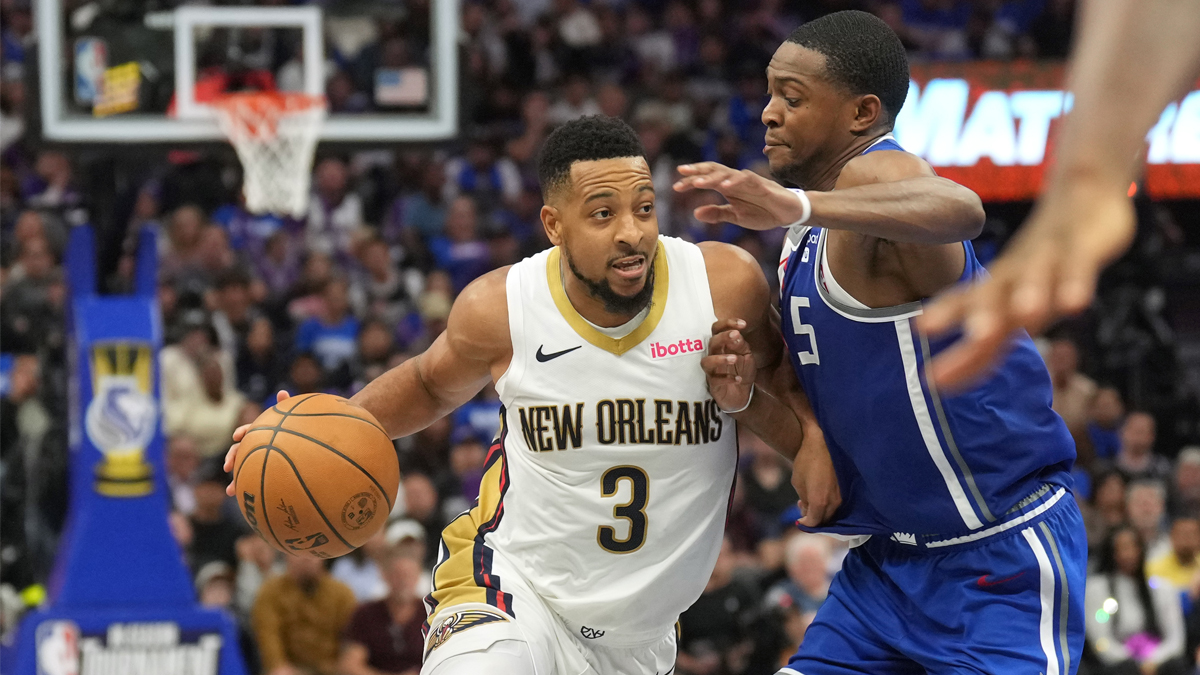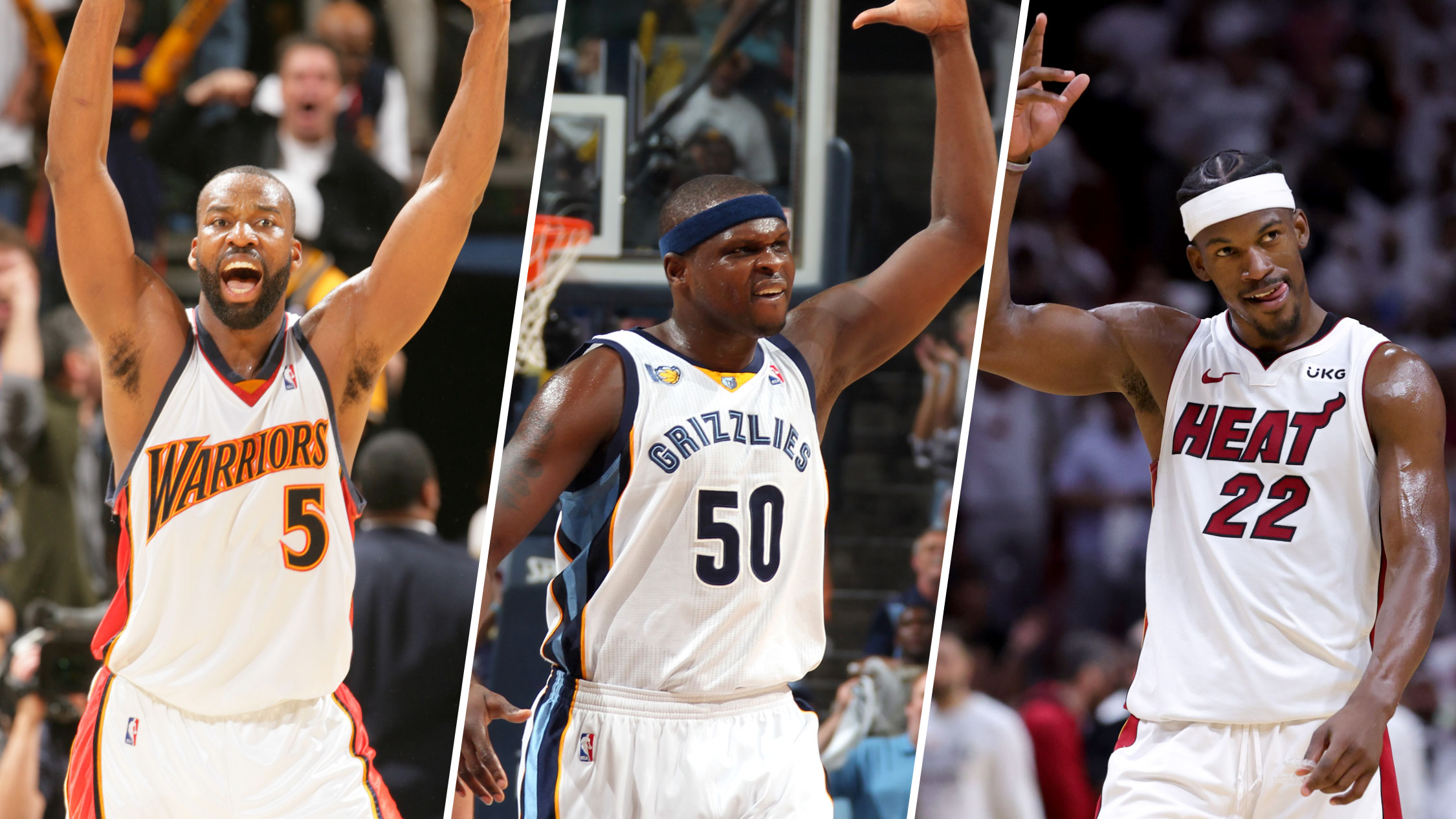
These are the career points per 36 minutes numbers for the three players who figure to get majority of the field goal attempts on the 2018-19 Bulls:
Zach LaVine: 17.6
Lauri Markkanen: 18.4
Jabari Parker: 17.9
There is no debating that this current Bulls roster has multiple players who can flat-out put the ball in the basket. The the biggest questions come into play when you try to imagine how these players will keep each other involved, assuming they take the lion's share of the field goal attempts.
Kris Dunn finished just outside the top 10 in the league in assist percentage (33.3 percent), a higer mark than Damian Lillard, Kyle Lowry or Stephen Curry. And though he is a talented passer, what this figure really shows is that the Bulls severely lack a secondary playmaker to take pressure off of Dunn to create shots for others.
Per Ben Falk's site Cleaning The Glass, Markkanen was not able to create for others with his offense, but shockingly, Parker and LaVine did an OK job in the play-making department, considering their reputation as shoot-first players.
Assist rate is a great way to see how much a player is distributing when they are on the floor. And usage rate is perhaps the best way to get an idea of how many possessions a player uses on offense. So naturally, assist to usage ratio is one of the best tools to use to assess a player's ability and willingness to create opportunities for others on offense. What the statistic boils down to is: how often did a player get an assist given how much they had the ball.
Parker finished last season in the 67th percentile in assist to usage ratio, and LaVine finished in the 58th percentile. These numbers show that both players are capable passers and clearly have the potential to be great setup men.
NBA
https://www.youtube.com/watch?v=GPg_MH56Ods
This is crucial because Markkanen’s development will heavily depend on if he can expand his scoring repertoire, something that looks increasingly difficult with Parker and LaVine, who have averaged a combined 29.5 field goal attempts per 36 minutes for their careers.
Many times throughout the offseason you likely heard about how the Bulls have many mouths to feed in the locker room. But this doesn’t pertain to just shots, ball-control will be a major concern as well. With incumbent point guard Kris Dunn still a relatively weak floor-spacer (32 percent from 3-point range last season), Fred Hoiberg will need to get creative with his rotations to keep the offense running efficiently. Backup point guard Cam Payne shot 38 percent from the 3-point line last season, and when inserting him into the game for Dunn, Parker would flourish as a point-forward (possibly) surrounded by four competent shooters. Parker could derail the Bulls offense because he is not an elite 3-point shooter, but that issue is mitigated when you put the ball in his hands to let him create.
Parker was fourth in the pecking order in Milwaukee last season, and so it comes as no surprise that his free throw attempts, points and field goal percentage dropped from his 2017 numbers. If you look at the 2017 season (Parker’s breakout season) you see that Parker and Giannis Antetokounmpo pretty much split the No. 1 options duties on offense. They each took about 16 shots apiece and combined for 8.2 assists per game. This is a best case scenario for the Parker-LaVine wing duo.
LaVine has the benefit of coming into the league as a point guard, and he has still retained the ability to make the right pass when it presents itself. And last season, he had an impressive turnover percentage that was just below 10 percent. However, the reason for this was that he averaged 4.34 seconds per touch, a very long time in an NBA possession, usually looking to score and nothing else. It’s easy to avoid turnovers when you aren’t looking to pass.
LaVine usually makes the obvious play if it is one pass away, but he does not move the ball around to prevent the offense from becoming stagnant.
Both LaVine and Parker will have their struggles on defense (understatement of the year), but much more important to their development is understanding that if you give the ball up on offense, it will find its way back to you. This is perhaps the only way a Bulls team that ranked 28th last season in offensive rating, can make a big enough leap in scoring efficiency to make their way back to the postseason.


